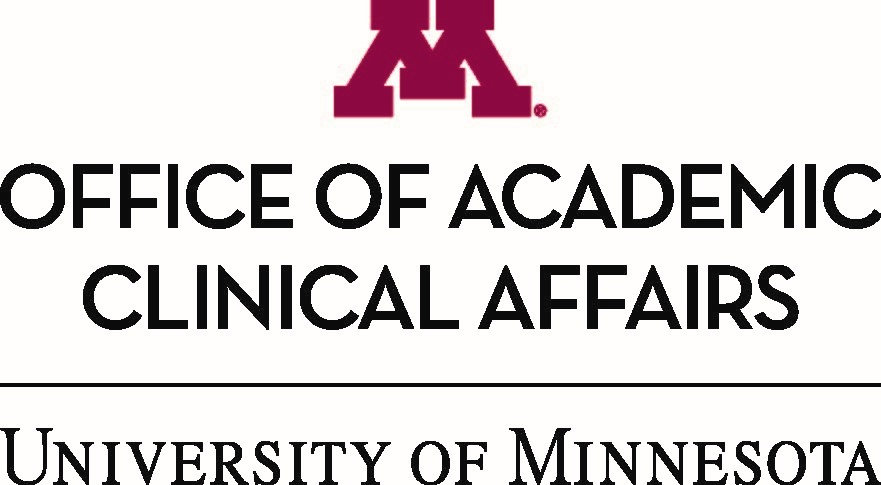Voluntary CWD testing lower than desired after Minnesota deer opener
While the Minnesota Department of Natural Resources (DNR) hoped that 50% of firearm hunters in the state's five chronic wasting disease (CWD) management zones would submit deer for voluntary testing, opening weekend saw well below 30% participation, according to a story last week in the Minneapolis Star Tribune.
To avoid large gatherings of deer hunters and DNR staff, CWD tests were not required in the five zone, which are areas with special regulations due to CWD detection in deer. CWD is a fatal neurologic disease caused by a misfolded prion that has been detected in deer, elk, and moose in 26 US states and three Canadian provinces.
The Minnesota DNR notes that deer permit area 605 in Dakota County is a CWD management zone, but only 105 (15%) of 700 deer were sampled. Low testing rates will make it difficult for researchers to monitor the spread of CWD, but the article notes that hunters still can drop off deer heads into DNR collection bins.
Deer opening weekend in Minnesota saw a low harvest of 59,611 whitetails, which is 16% below the 5-year mean. The results dim the chance that hunters will achieve the DNR's deer-management goals for 2020, because half the overall firearms harvest typically occurs on opening weekend, and 75% to 80% of deer kills are by firearms, the article says.
Nov 12 Star Tribune article
Three countries report more high-path avian flu outbreaks
In the latest highly pathogenic avian flu developments, South Korea reported more H5N8 outbreaks in wild birds, Kazakhstan reported an H5 event in poultry, and Laos reported H5N1 in poultry, apparently in the same area in which a human case was recently found, according to notifications from the World Organization for Animal Health (OIE).
South Korea reported two H5N8 outbreaks in wild birds, one that began on Nov 3 in South Chungcheong province and another that began on Nov 10 in Gyeonggi province. The country has reported a few other recent detections of the same virus in wild birds.
Kazakhstan's H5 outbreak began on Oct 26 at a poultry farm in Almaty region in the southeast, killing 67,957 of 602,784 susceptible birds. The source of the virus is thought to be contact with wild species, and the surviving birds were culled to control the spread of the virus. The country has recently reported sporadic H5N8 outbreaks in poultry.
Finally, Laos reported two H5N1 outbreaks in different villages in Saravane province in the south of the country, which come in the wake of a report earlier this month of an H5N1 infection in a 1-year-old girl from the same part of Laos. The outbreaks in village birds began on Aug 16 and Sep 16, killing 509 of 1,539 birds. The remaining birds were stamped out as part of outbreak control measures. Laos reported its last confirmed H5N1 outbreak in poultry in November 2018.
Nov 16 OIE report on H5N8 in South Korea
Nov 16 OIE report on H5 in Kazakhstan
Nov 14 OIE report on H5N1 in Laos
Rift Valley fever outbreak reported in Mauritania
Mauritania's health ministry recently announced a Rift Valley fever outbreak that has sickened eight animal breeders, seven of them fatally, according to a Nov 13 announcement from the World Health Organization (WHO).
The illnesses were confirmed from Sep 13 to Oct 1 in patients from four districts of three regions: Tagant, Assaba, and Adrar. Patient ages range from 16 to 70 years, and all but one are male. All of the deaths occurred in patients who were hospitalized with hemorrhagic fever symptoms.
Sampling of 214 people over the past 2 months turned up 75 positive cases from 15 regions in the country, with Tagant the main hot spot. Outbreaks in animals have also been reported in six of Mauritania's regions, and animal sampling found the virus in camels, small ruminants, and cattle.
The WHO said the country has reported six earlier major Rift Valley fever outbreaks in the past, most recently in 2015. It notes that the country's arid and semi-arid environment encourages animals to seek water and pasture, posing a risk of disease spread.
People who have direct or indirect contact with infected animals are at risk, but so far, no human-to-human transmission of the virus has been reported. The agency noted that the regional risk of spread is moderate.
Nov 13 WHO statement on Rift Fever in Mauritania











